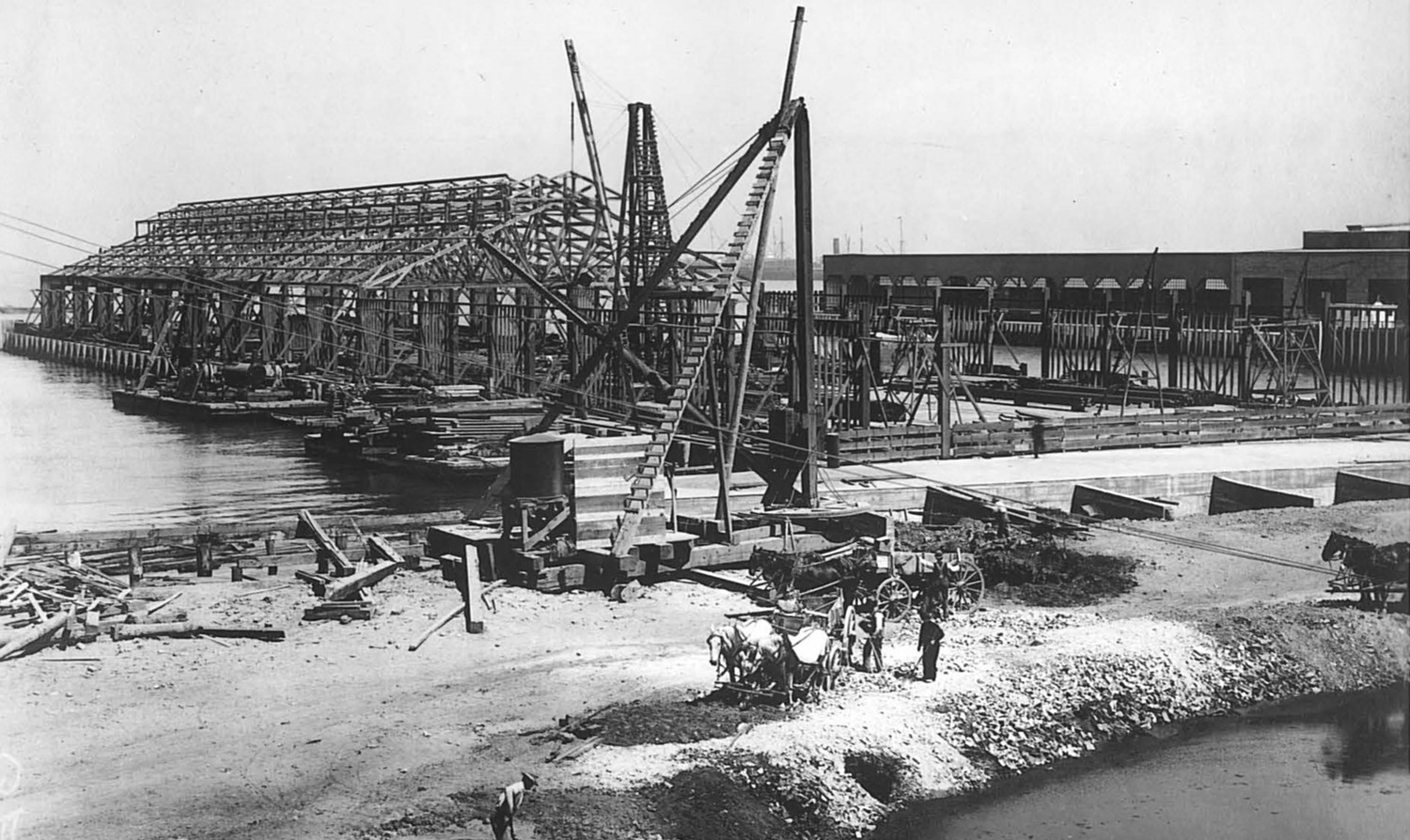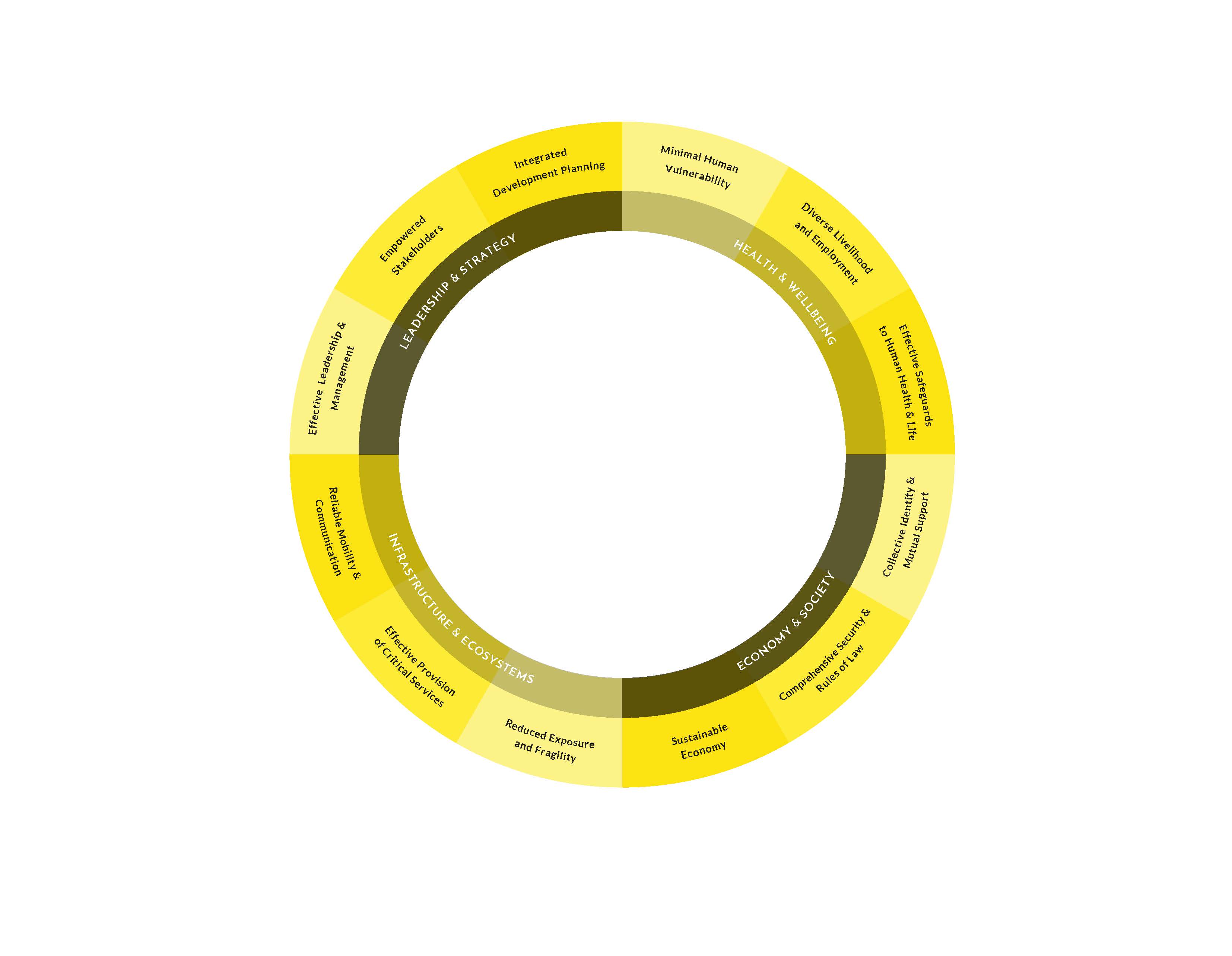
The Embarcadero Seawall, which spans three miles of shoreline from Fisherman’s Wharf to Mission Creek, needs to be strengthened to address both seismic risks and current and increasing flood risk due to sea level rise. Recognizing the significant consequences to the City, the region, the State and the many community members and businesses that depend on the Seawall’s integrity, the City initiated the Seawall Program, led by the Port of San Francisco. For more information, please see the Economic and Neighborhood Development chapter.
Another essential disaster preparedness project is San Francisco’s Emergency Firefighting Water System (EFWS), which is vital for protecting against loss of life and property from fire in the event of a major earthquake. The San Francisco Public Utilities Commission assumed responsibility of the EFWS in 2011 and is steadily moving forward with plans to improve and expand its reach. For more information, please see the Infrastructure and Streets chapter and the Public Safety chapter.
Through Vision Zero SF, the City has committed to working together to prioritize street safety and eliminate traffic deaths by 2024. Vision Zero SF uses data-driven strategies to protect people from serious injury or death by crash with safer roads, slower speeds, improved design, and education and enforcement to support safer road behaviors. In addition to strengthening and adapting vulnerable infrastructure and making our right-of-way safer, the City is also working to make sure that the transportation network supports San Franciscans’ vision for the future. With the help of thousands of residents who participated in focus groups, surveys, and targeted outreach, ConnectSF developed a vision, goals, and objectives that will guide the city’s long-range transportation planning. For more information on these efforts, please see the Transportation chapter.
The lack of affordable housing affects everyone in San Francisco. For more information on affordable and supportive housing, please see sections in the Economic and Neighborhood Development and Health and Human Services chapters. In the coming decades, shocks and stresses like earthquakes and sea level rise have the potential to make our housing challenges even more severe. As a result, housing is an integral part of our planning for hazards and climate change, disaster recovery, and seismic safety programs.

City Resilience Index
As part of a cohort through 100RC, in 2018 San Francisco evaluated our resilience performance through the City Resilience Index (CRI). The CRI uses a comprehensive framework based on 12 resilience goals:
The Office of Resilience and Capital Planning has completed the initial intake assessment for the CRI. Next steps include reviewing the analysis, refining the framework in light of our observations, and exploring future opportunities.
- Diverse livelihoods and employment
- Effective safeguards to human health and life
- Collective identity and community support
- Comprehensive security and rule of law
- Sustainable economy
- Reduced exposure and fragility
- Effective provision of critical services
- Reliable mobility and communications
- Effective leadership and management
- Empowered stakeholders
- Integrated development planning

